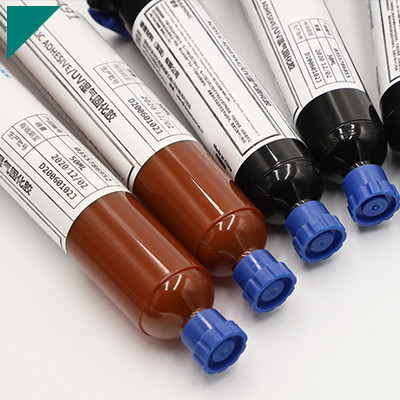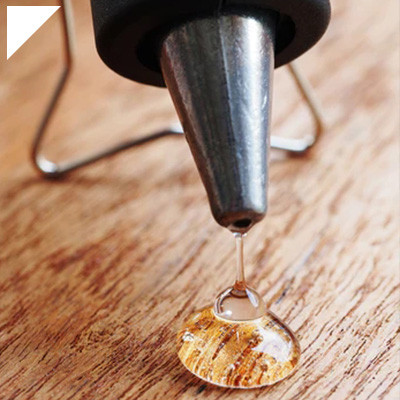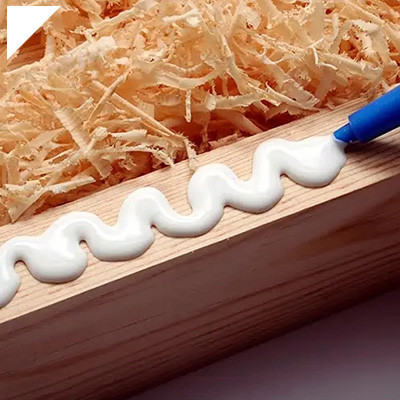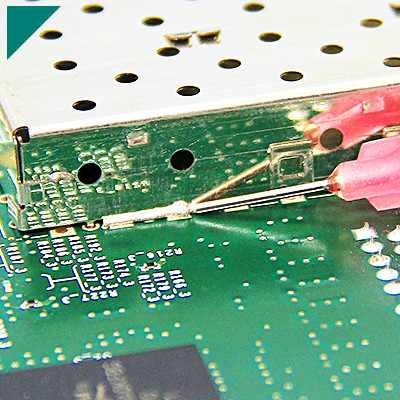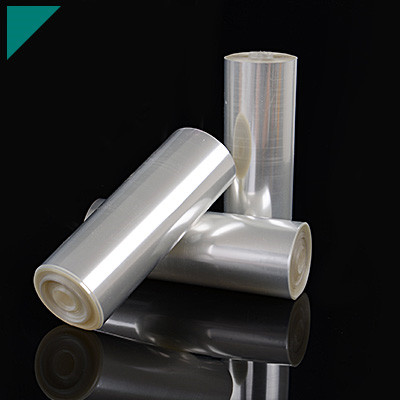Potting Compound For Automotive & Coil Assemblies

Ensuring durability, reliability, and performance is paramount in the intricate world of automotive and coil assemblies. The potting compound is one often-overlooked component that plays an important role in achieving these qualities. A potting compound, an encapsulant material, protects electronic components from environmental factors such as moisture, chemicals, vibration, and temperature extremes. Due to their numerous benefits, potting compounds have become increasingly prevalent in the automotive and coil assembly industry. Let’s delve into the advantages of potting compounds and their significance in these applications.
Enhanced Protection Against Environmental Stressors
Automotive and coil assemblies are subjected to harsh operating conditions, including exposure to moisture, chemicals, and extreme temperatures. Without adequate protection, sensitive electronic components within these assemblies can deteriorate prematurely, leading to malfunctions and system failures. The potting compound acts as a protective barrier, encapsulating and shielding the components from external elements. This not only extends the lifespan of the assemblies but also ensures consistent performance under diverse environmental conditions.
Improved Mechanical Stability
Vibration and mechanical shock are common challenges automotive and coil assemblies face, especially those installed in vehicles or industrial machinery. These dynamic forces can cause components to loosen or dislodge over time, compromising the assembly’s integrity. Potting compound mitigates this risk by providing structural support and anchoring the components firmly. The potting compound minimizes movement and enhances mechanical stability by encapsulating the entire assembly, reducing the likelihood of damage or failure due to mechanical stress.
Thermal Management
Effective thermal management is necessary to maintain the optimal operating temperature of electronic components within automotive and coil assemblies. Excessive heat can degrade performance, reduce efficiency, and ultimately lead to component failure. Potting compounds aid in thermal dissipation by conducting heat away from the encapsulated components and dissipating it into the surrounding environment. This helps to regulate temperature levels and prevent overheating, ensuring reliable operation even in demanding thermal conditions.
Chemical Resistance
Automotive and coil assemblies may be exposed to various chemicals and fluids, such as automotive fluids, cleaning agents, and industrial solvents. Prolonged exposure to these substances can corrode or damage unprotected electronic components, compromising the assembly’s overall functionality. Potting compounds offer excellent chemical resistance, forming a barrier that shields the components from corrosive agents and chemical contaminants. This preserves the assembly’s integrity, reduces maintenance requirements, and enhances longevity.
Customization and Flexibility
Potting compounds are available in various formulations, allowing customization to suit specific application requirements. Whether adjusting the viscosity for optimal flow characteristics or modifying the cure time to accommodate production schedules, manufacturers can tailor the potting compound to meet their needs. Furthermore, potting compounds can be applied using various techniques such as casting, injection molding, or encapsulation, providing flexibility in manufacturing processes and assembly designs.
Conclusion
In conclusion, potting compounds are vital in enhancing automotive and coil assemblies’ durability, reliability, and performance. By providing protection against environmental stressors, improving mechanical stability, aiding in thermal management, offering chemical resistance, and enabling customization, the potting compound provides a comprehensive solution for safeguarding electronic components in these critical applications. As the automotive and industrial sectors continue to evolve, potting compound’s importance in ensuring electronic assemblies’ longevity and functionality cannot be overstated. Manufacturers and designers benefit from integrating potting compounds into their assembly processes, raising the standard for quality and reliability in automotive and coil applications.

About DeepMaterial
DeepMaterial is a trusted supplier of encapsulant materials that are used in electronics manufacturing worldwide. From chip on board encapsulants such as glob top material to conformal coatings, underfills, low pressure molding, and potting solutions, DeepMaterial offers a full range of circuit board protection materials that effectively protect circuit boards while help reduce costs. More…Deepmaterial is a the manufacturer of epoxy adhesives including hardeners, metalbond, and metal filled resins. Structural, toughened medium viscosity, and non-sag adhesives are also offered. Some adhesives are resistant to thermal shock, chemical, vibration dampening, and impact. Suitable for metals, plastics, wood, and ceramics. Serves electronics, aerospace, automotive, tooling, marine, and construction industries. REACH and RoHS compliant. FDA approved. UL listed. Meets military specifications. We are the one of best adhesive manufacturers in China.
Blogs & News
Potting compounds are at the frontline of electronics assembly, delivering effective protection in challenging environmental conditions while improving mechanical strength and offering high electric insulation. Used within a variety of industries, electrical potting compounds are found within a broad range of consumer electronics, as well as used in applications across the automotive, aerospace, and other industries where electronic assemblies are prevalent.

The Conformal Coating for PCB Market Has Entered an Explosive Period: Key Drivers and Reports Detailed
The Conformal Coating for PCB Market Has Entered an Explosive Period: Key Drivers and Reports Detailed A Silent Guardian’s Moment in the Spotlight In

How Does Epoxy Encapsulated LED Work?
How Does Epoxy Encapsulated LED Work? The Transparent Guardian of Light In a world illuminated by Light Emitting Diodes (LEDs)—from the subtle indicator

Which Glues Are Suitable for Encapsulation of Electronic Products?
Which Glues Are Suitable for Encapsulation of Electronic Products? In the rapidly evolving world of electronics, protecting sensitive components from environmental hazards is crucial

What Are the Design Standards for the Glass Transition Temperature (Tg) and Tensile Modulus of Automotive Electronic Encapsulants Adhesives?
What Are the Design Standards for the Glass Transition Temperature (Tg) and Tensile Modulus of Automotive Electronic Encapsulants Adhesives? In the automotive industry, electronic

Usage Methods of LED Potting Compounds: From Mixing to Curing – A Complete Step-by-Step Guide
Usage Methods of LED Potting Compounds: From Mixing to Curing – A Complete Step-by-Step Guide LED potting compounds—also known as encapsulants—are two-component (or occasionally

The Characteristics of Thermal Conductivity, Waterproofness and Shock Resistance of LED Potting Compounds
The Characteristics of Thermal Conductivity, Waterproofness and Shock Resistance of LED Potting Compounds Light-emitting diodes (LEDs) have revolutionized lighting and display technologies, offering energy



